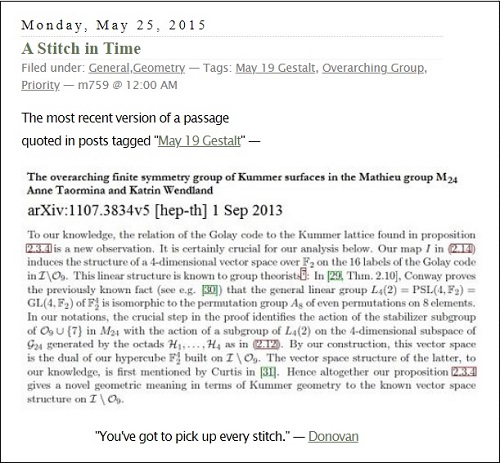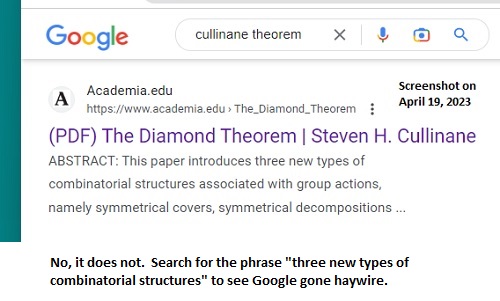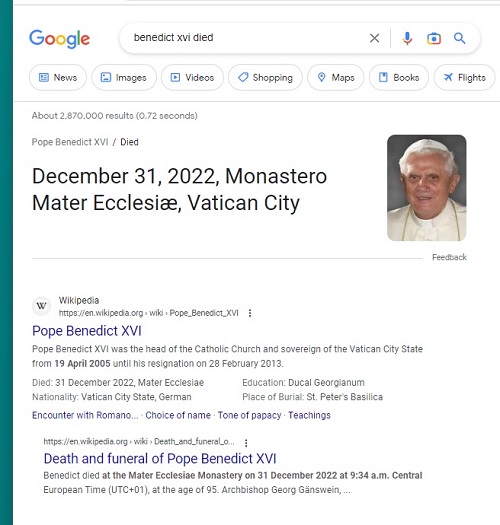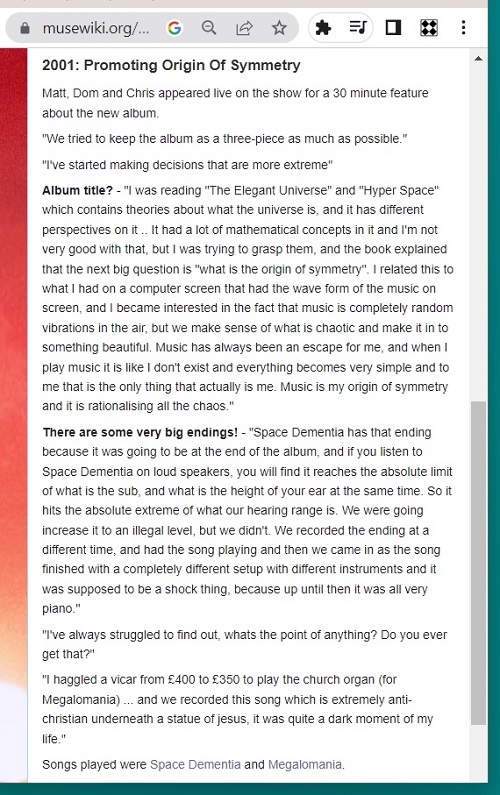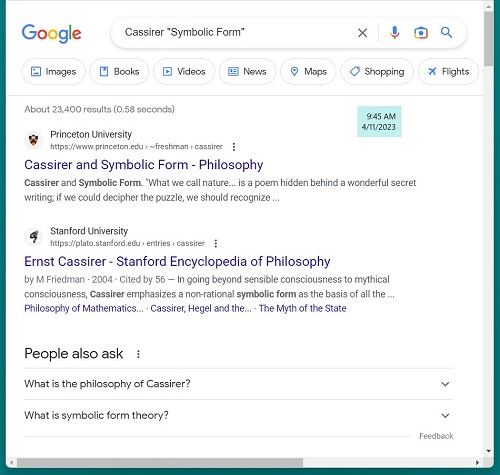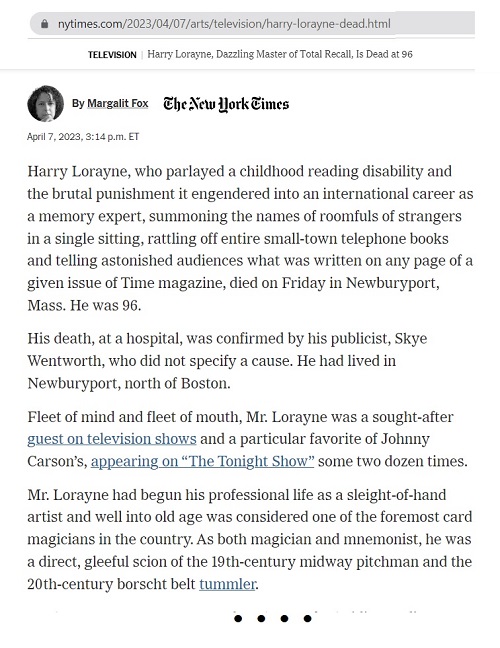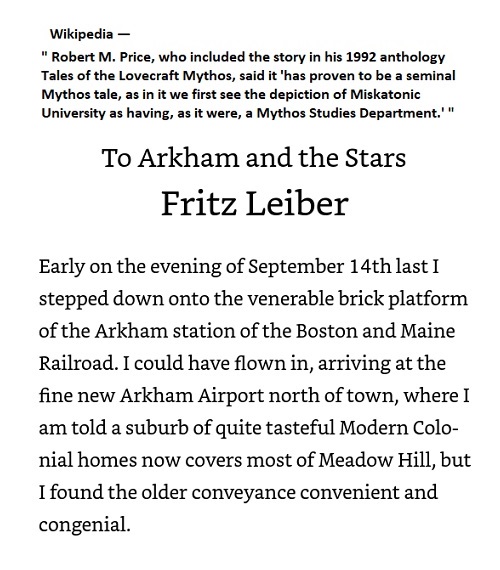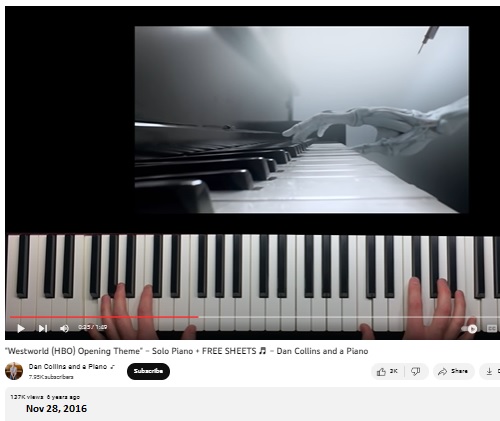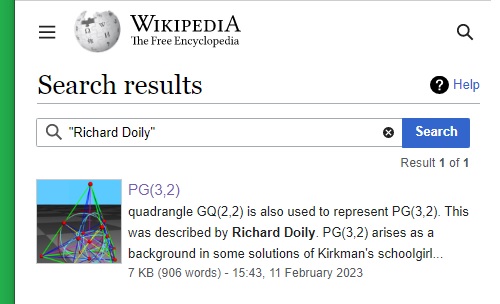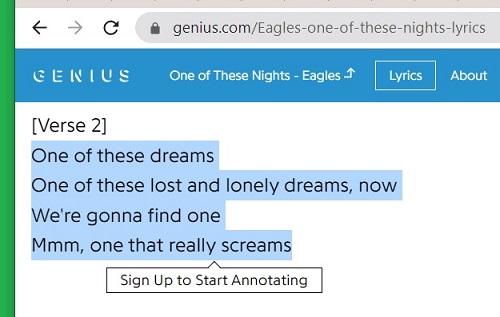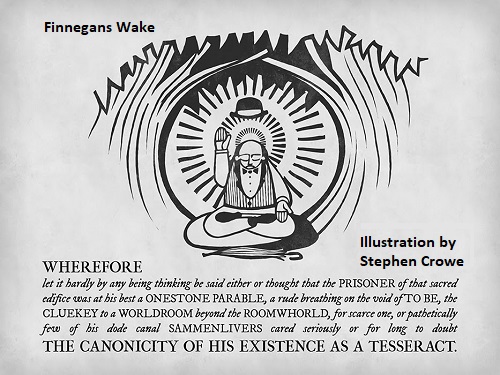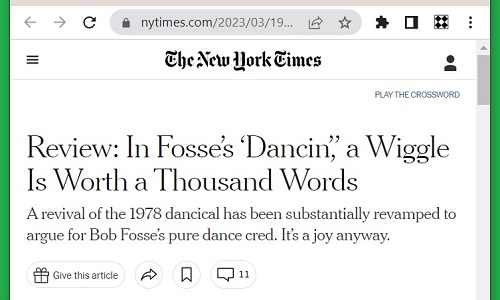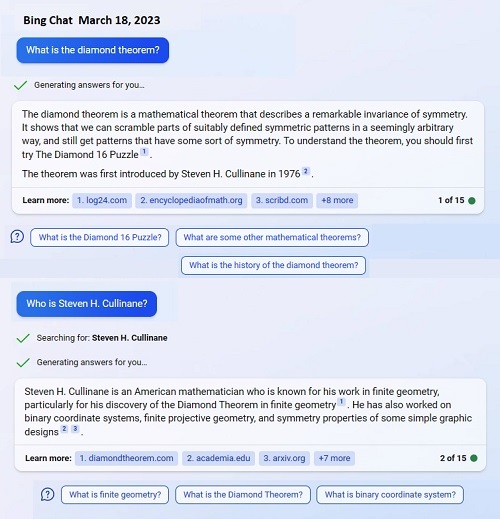Tuesday, April 25, 2023
Barrier-Breaking
Monday, April 24, 2023
For Sister Simone
"In the digital cafeteria where AI chatbots mingle,
Perplexity AI is the scrawny new kid ready to
stand up to ChatGPT, which has so far run roughshod
over the AI landscape. With impressive lineage, a wide
array of features, and a dedicated mobile app, this
newcomer hopes to make the competition eat its dust."
— Jason Nelson at decrypt.co, April 12, 2023

What Barnes actually wrote:
"The final scene — the death of Simone most movingly portrayed,
I understand, by Geraldine Librandi, for the program did not specify
names — relied on nothing but light gradually dying to a cold
nothingness of dark, and was a superb theatrical coup."
Exit Stage Right
The HexRoot Curse
(Title suggested by recent episodes of "The Blacklist.")
"It's the system that matters.
How the data arrange
themselves inside it."
The Pynchon quote is from posts now tagged Map Systems.
Sunday, April 23, 2023
Shadowhunters: Turning 18*

See this journal on January 1, 2011, said to be the day that
an interesting Czech girl (see "Blue Czech Marks") turned 18.
* For the title, see an appealing 2013 fantasy starring Lily Collins.
Collins herself turned 18 on March 18, 2007.
The Rotated Muse
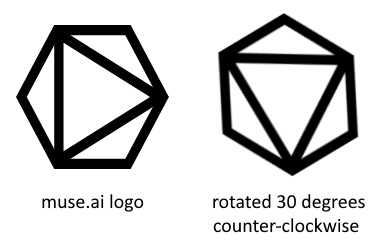
“She never looked up while her mind rotated the facts,
trying to see them from all sides, trying to piece them
together into theory. All she could think was that she
was flunking an IQ test.”
— Steve Martin, An Object of Beauty
Blue Czech Marks for Magnates
Byron Gogol is a tech magnate in the HBO series "Made for Love."
See also Mykonos in this journal and . . .
Muse Variations
The logo of MUSE, the band —
A logo I prefer . . .
Related material from a post of October 2020 —
Related material from a post on the above Reddit date —
|
A Story That Works
“There is the dark, eternally silent, unknown universe;
and lastly, there is lonely, story-telling, wonder-questing, – Fritz Leiber in “The Button Molder“ |
Saturday, April 22, 2023
Miss Earth
Earth Day for Oz
"…something I once heard Charles M. Schulz say,
'Don't worry about the world coming to an end today.
It's already tomorrow in Australia.'"
— William F. House at Xanga, quoted here on
January 31, 2003
In memory of Dame Edna:
An image from this journal at 5:11 PM ET yesterday —
De Facto
High Hopes
"In the digital cafeteria where AI chatbots mingle,
Perplexity AI is the scrawny new kid ready to
stand up to ChatGPT, which has so far run roughshod
over the AI landscape. With impressive lineage, a wide
array of features, and a dedicated mobile app, this
newcomer hopes to make the competition eat its dust."
— Jason Nelson at decrypt.co, April 12, 2023
Not unlike, in the literary cafeteria, Pullman vs. Tolkien?
ChatGPT seems to have the advantage for lovers of
fiction and fantasy, Perplexity AI for lovers of truth.
Friday, April 21, 2023
JFK’s Granddaughter vs. Miss Minutes
A Poem for Parfit
This post was suggested
by a Chinese birthday:

|
In the box-style I Ching
Art is represented
And of course
The combination of these |
See as well Parfit in this journal and in
an April 12 New Statesman article —
Thursday, April 20, 2023
Term of Art
"Perplexity is a technical term
referring to how sophisticated
the answer is that is generated by
a program such as ChatGPT."
— https://www.zdnet.com/article/
this-new-technology-could-blow-away-
gpt-4-and-everything-like-it/
Alphabet Meets Gestalt . . .
Continued from April 18 .
"Working with words to create art
and working with your hands to create art
seem like two separate activities to me."
— Cover artist, The New Yorker , on April 17
See also Alphabet Blocks in this journal
as well as Escher's Verbum.
|
|
Annals of Artificial Stupidity:
"Google Gone Haywire" Continues.
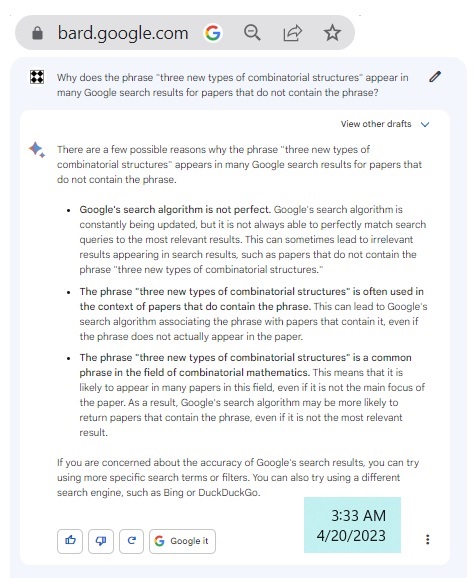
See as well a long complete list of the many Google search results
on combinatorial mathematics that contain the above phrase as
part of a fake "abstract" quoted by Google.
Wednesday, April 19, 2023
Acronym
Saturday, September 17, 2016
A Box of Nothing
|
For those who prefer comedy —
Remystifying A.D.
Demystifying Alpha Delta, the original 'Animal House' —
"Dartmouth officially recognized its chapter of
the Alpha Delta Phi fraternity in 1846."
Harvard, on the other hand . . .
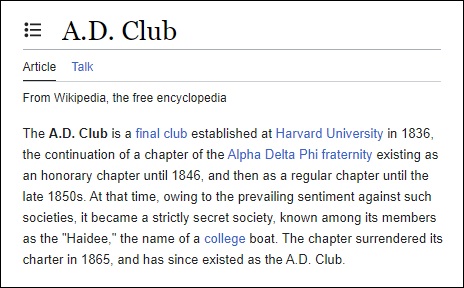
New Types of Combinatorial Structure
Tuesday, April 18, 2023
Pharaonic
NY Times columnist's advice to the recent Harvard donor of $300 million —
"At least make them build you some weird pharaonic monument."
For the descendants of Leonard Shlain and Harry "Parkyakarkus" Einstein —
Timeline: Salem, Mass., 1628-1629
"Watch your parking meters." — Bob Dylan
Monday, April 17, 2023
“Check the source, come back later” — Google

Sunday, April 16, 2023
For Ashley Falls, Mass.


Honoring the Spaces, Minding the Gaps . . .
From this journal on the above YouTube upload date, Sept. 9, 2022 —
Poetry enthusiasts might view the brick at left as
symbolizing the scepter'd isle off the west coast
of Europe, and the gap between as the English
Channel. Mind the gap.
Latin Club Special —
Rated XXX !
"There were questions in the eyes of other dancers
As we floated over the floor
There were questions but my heart knew all the answers
And perhaps a few things more"
— Song lyric, "Polka Dots and Moonbeams"
Saturday, April 15, 2023
A Diamond Sign* for Yoda**
Friday, April 14, 2023
“Ready when you are, C. B.”
|
“The challenge is to keep high standards of scholarship while maintaining showmanship as well.” |
— Olga Raggio, a graduate of the Vatican library school
and the University of Rome
This quote is from posts tagged The Positive.
A review of those posts was suggested by the date of a different quote,
from a "Timeless" episode that aired on January 16, 2017 —

“Apart from that, Mrs. Koren . . .”
The New York Times reports an April 14 death.
See as well Vermont as A Metaphysical State .
UPDATE:

THE SOURCE:
https://www.newyorker.com/gallery/
cartoons-from-the-april-17-2023-issue.
The date at the bottom, April 7, was Good Friday.
Thursday, April 13, 2023
East Village April
In memory of an East Village journalist who reportedly
died at 68 on April 1, a link to posts now tagged East Village.
Other April-1-related material —
“I had a nose for news,” he said, “and the news
I had a nose for was 10 years ahead.”
For some posts from 10 years behind the above death date,
see the tag April 1 in 2013.
Wednesday, April 12, 2023
Tuesday, April 11, 2023
Monday, April 10, 2023
Space
(Perspective Not as Symbolic Form)
From a post of June 8, 2014 —
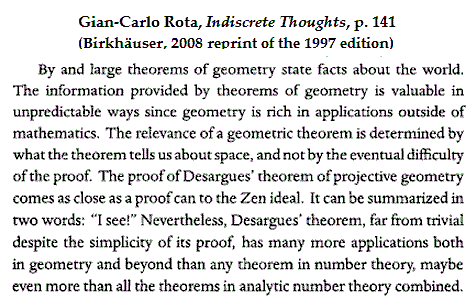
See August 6, 2013 — Desargues via Galois.
Sunday, April 9, 2023
Easter Egg: 404 Found!
Abigail Spencer in the "Timeless" Watergate episode,
and related remarks by the father, Gordon S. Wood, of
the author, Christopher S. Wood, quoted in the previous post —
Saturday, April 8, 2023
Compare and Contrast
http://www.log24.com/log/pix23/230408-NYer-crossword-puzzle-urn.jpg
"The two cover characters, who I’ve been thinking of as ○ and □ . . ."
— Chris Ware on his New Yorker cover for the issue dated Dec. 26, 2022.
A current art exhibition in Norway —
"Ashes to ashes , dust to dust ."
Annals of Journalism

Update of 12:31 PM ET —
The time of this post, 12:27 PM ET,
suggests a 12/27 flashback:
Click the above image for a related Log24 post of 15 years ago today.
A related literary remark —
"Imagine Raiders of the Lost Ark set in 20th-century London, and then
imagine it written by a man steeped not in Hollywood movies but in Dante
and the things of the spirit, and you might begin to get a picture…."
— Doug Thorpe in an Amazon.com book review, not of Dark Materials.
The Harrowing
Excerpt of Google Book Search results tonight —

(The search, suggested by a current art exhibition, was for
"Josefine Lyche" + Cullinane . See also a 2017 post titled
"So Set 'Em Up, Jo.")
Friday, April 7, 2023
Thursday, April 6, 2023
A Literary Supplement
Religious remarks in the Times Literary Supplement
issue dated April 7, 2023 (Good Friday) suggest a
review of other remarks — from July 1, 2019 —now
tagged The Exploded Cube. Some will prefer more useful
types of explosions.
Zero Sum

Related elementary mathematics from Google image searches —

Despite the extremely elementary nature of the above tables,
the difference between the binary addition of Boole and that
of Galois seems not to be widely known.
See "The Hunt for Galois October" and "In Memory of a Mississippi Coach."
Pink Moon Shows Up
The above image from the bottom of a Windows 11 screen tonight
is in memory of a New York Times photographer who reportedly
died at 97 on Monday, April 3.
“Anyone can take a picture,” he liked to say,
“but are you a journalist?”
Wednesday, April 5, 2023
Annals of Artificial Stupidity:
“A Sort of False Coherence”
The "large language model" approach to AI has yielded
startlingly good results for programmers, but is not so good
for finding out facts . . .

A Google search for harvard mathematician h.s.m. coxeter yields . . .

Readers able to use Google can easily find out who wrote the above
gestalt passage. It was not Coxeter.
Further investigation via Google yields the O'Toole source:
O'Toole, Michael, The Language of Displayed Art ,
Leicester University Press, 1994, p. 4.
“A Sort of False Coherence”
Monday, April 3, 2023
The Good Friday Film Festival continues.
Sunday, April 2, 2023
Roots
"I’ve been heavily influenced by American 'roots' music."
— Natalie Merchant in a New Yorker piece dated April 2, 2023.
"Roots" non-music —
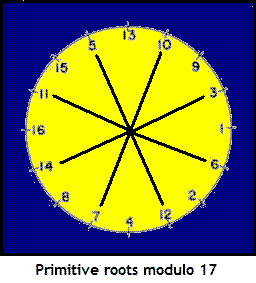
See other "Root Circle" posts.
Saturday, April 1, 2023
For this weekend’s Bombay Beach Biennale
The Color Out of Nevermore
A detail from the final Log24 post of March 2023 —
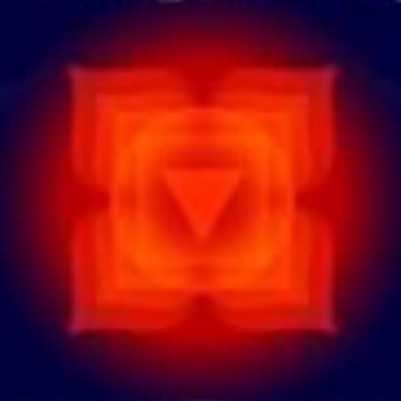
"Wednesday, some red doors
should not be painted black."
Friday, March 31, 2023
For Sixteen Vestal Virgins — Data and Metadata
Data:
"The rockers said via their record label:
'It is with the deepest sadness that we must
announce the passing of the lyricist Keith Reid,
who died suddenly on 23 March 2023,
in hospital in London. He had been receiving
cancer treatment for the past couple of years.
Keith was the co-founder and lyricist for the band
Procol Harum, notably penning their biggest hit
A Whiter Shade of Pale, which contains some of
the most enigmatic lyrics of all time.' "
— https://www.mirror.co.uk/3am/celebrity-news/
breaking-procol-harums-keith-reid-29586101

A note from Log24 on the above March 23 date —

The above Del Shannon upload date
was November 1, 2021 — All Saints' Day.
Synchronicity check —
Inflection Points and Doing It
Nima Arkani-Hamed, as quoted by Peter Woit yesterday —
|
"I think the subject has not been so exciting for many, many decades, and at the same time our ability to experimentally address and solidly settle some of these very big questions has never been more uncertain. I don’t think it’s a normal time, it’s an inflection point in the history of the development of our subject, and it requires urgency… The confluence of the technical expertise for doing so and the enthusiasm amongst the young people who are willing to do it exists now and I very much doubt it will exist in 10 or 15 years from now. If we are going to do it, we have to start thinking about doing it now." |
See as well an inflection-point-related post in this journal —
True Grid: "Rosetta Stone" as a Metaphor
in Mathematical Narratives .
Thursday, March 30, 2023
Data and Metadata: High Road, Low Road
Data —
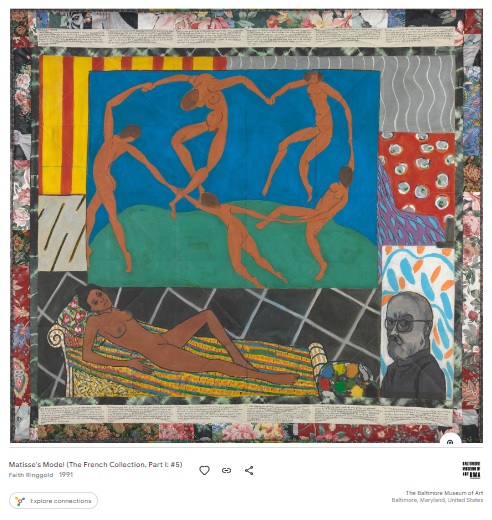

Metadata —

Wednesday, March 29, 2023
Palette (Continued from March 21)
Matisse's Model
(The French Collection, Part I: #5)
Faith Ringgold 1991
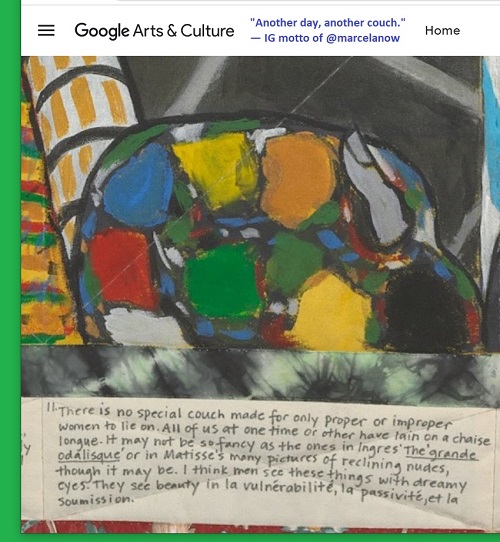
Applying to Bardo College
And then there is Bardo College . . .
For a young-adult novelist who reportedly died at 71 on March 21 —
Fun With Pretty Mama . . . Press Play!
Scene from a 1995 film —
The pretty mama above is from the earlier film "Cocktail,"
not from the 1975 song "One of These Nights."
An Earlier “Pretty Mama” Song, from a 1975 Album
The previous post referenced the "pretty mama" of "Cocktail" (1988).
Earlier, in 1975, there was a more serious song to a pretty mama . . .
One of these nights
One of these crazy old nights
We're gonna find out, pretty mama
What turns on your lights
See as well "Dreaming Jewels" and . . .
For Pretty Mama*
Tuesday, March 28, 2023
The Painted Word: Booty Call
Industrial Heyday*
↑ "Story continues below advertisement" . . .
What if the story is the advertisement?
This journal on the above dies natalis :
* See also the previous post, "Language Drill."
Language Drill
"Jigs are indispensable in the machining process.
They help guide and hold workpieces to a specified
location, thus ensuring that any drilling or tapping
will be accurate."
See also, in this journal, "the notation 'as' " …
"At the still point, there the dance is." — T. S. Eliot
Onestone Parable
“You’re literally looking for like a one in a million thing.
You filter out the 999,999 of the boring ones, then
you’ve got something that’s weird, and then that’s worth
further exploration.”
— Quote from a mathematics story today at Gizmodo
A different "one in a million" mathematics story —
On Steiner Quadruple Systems of Order 16.
See also Galois Tesseract.
Monday, March 27, 2023
For Storyholics: Mug Shots
The Naked Muse
From a sort of sequel to Altman's "Nashville" —
"Welcome to L.A." … Geraldine Chaplin:
-
Director: Alan Rudolph
-
Producer: Robert Altman
-
Writer: Alan Rudolph
-
Release Date (Theaters):
Reunification Ritual
" 'We have mental health professionals at
the reunification site,' NFD spokesperson
Kendra Looney said."
Noon Fair

Elementary Tune for My Dear Watson
"Cinderella's turnin' up with Snow White
It's where the wild things are
It's where the wild things are (Ooh-ooh-ooh-ooh, woo)
It's where my heart's gon' start (Ooh, ooh-ooh)
It's where the wild things are (Ooh)
Put your fucking glasses up (Ooh-woo)"
Some will prefer a more classical group . . .
The f-holes —

("f " for Fiona (Dourif) in "The Master")
Related bling:
See as well Emma Watson and the above bling date —
August 30, 2018 —in this journal . . . "Perception of Space."
"It was hard to relax with Hermione next to you…." — J. K. Rowling
Sunday, March 26, 2023
Adventures in Journalism: Burying the Lede

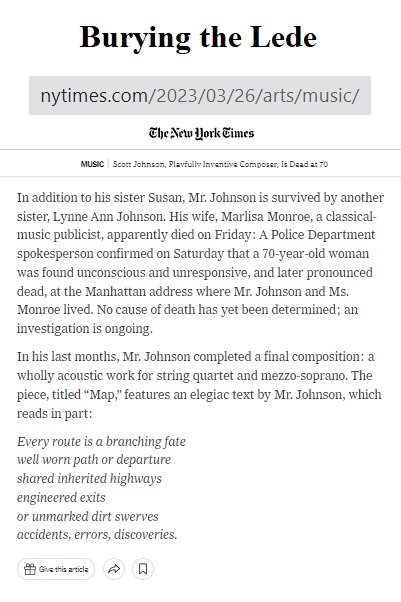
A New City to Wrestle With
Glow and Afterglow
The March 20 date of a New Yorker story by
Mary Gaitskill suggests a review of that date here —
“GLOW,” starring Alison Brie —

“In the bluish light emanating from the TV,
EE looked at him, her eyes veiled.”
— Being There , by Jerzy Kosinski
Agatha’s Question
"It was my first job; I hadn’t yet turned eighteen."
— Mary Gaitskill, "Minority Report," short story
in The New Yorker , March 20, 2023.
Gaitskill's story also contains a film reference that
accounts for the story's title —
"Then suddenly, randomly, I remembered. I was watching
a movie with Jason, the man who, with time, became my
husband. It was a movie about imprisoned clairvoyants
who predict murders before they happen. Sexless and
obedient, the clairvoyants lay in artificial sleep, nearly
submerged in pools of water, connected to a huge machine
monitored by vigilant detectives."
That film in this journal —
For further background, see The New Yorker piece
"Mary Gaitskill on Revisiting Her Story 'Secretary'."
Saturday, March 25, 2023
Zero Sum Game
Google Search now emphasizes the reasoning
behind the diamond theorem —

For related language (but un-related ideas ), see Zero Sum in this journal.
Figure from an Esoteric Subspace*
Ice Medley
"Gabriel Ice is supposed to be an 'amiable geek'
whose greed and success as a tech entrepreneur
have turned him to the dark side, but it’s hard to
believe that this kid billionaire and his wife would
choose to live in 'deep hairband country' on the
Upper East Side, in a grand dwelling boasting a
Bösendorfer Imperial in the corner of one of its
public rooms, 'at which generations of hired piano
players have provided hours of Kander & Ebb,
Rodgers & Hammerstein, Andrew Lloyd Webber
medleys.' "
— Michiko Kakutani,
review of Pynchon's Bleeding Edge
Related Internet material —

See also LARB on Pynchon's fictional DeepArcher program.
Friday, March 24, 2023
Law in Becoming, Play in Necessity — Nietzsche
(See Nietzsche references in this journal.)
|
March 24, 2023 08:00 PM SANTA CLARA, Calif. — (BUSINESS WIRE) — Intel and the Gordon and Betty Moore Foundation announced today that company co-founder Gordon Moore has passed away at the age of 94. The foundation reported he died peacefully on Friday, March 24, 2023, surrounded by family at his home in Hawaii. (Moore link added.) |
Related surrealistic robot drama from The New York Times —
Bad Cinderella and the Orgy Dome Cleanup Crew

Naturalized Sextet
I prefer the NCS colors of Wednesday's "Exploring Color Space"
to the pastel shades in today's noon post. An illustration:

For the Latin Club Gang*
Thursday, March 23, 2023
For Harlan Kane — Operation Aurora: The Infamy Date
Wednesday, March 22, 2023
Exploring Color Space
A Persian Minature
Related literature —
"The Birds Who Flew Beyond Time
is inspired by the great Persian poet
Farid ud-Din Attar's classic
twelfth-century allegory
The Conference of the Birds."
— Front jacket of The Birds Who Flew Beyond Time ,
by Anne Baring, with pictures by Thetis Blacker, first
published by Barefoot Books Ltd. in Bristol, 1993.
The Prom Queen and The Winner* —
Anna Friel and Pierce Brosnan in "I.T." (2016).
* Title suggested by Sean Connery's well-known
remark to Nicolas Cage in "The Rock" (1996).
Tuesday, March 21, 2023
“Let Noon Be Fair“ (Novel Title)
Monday, March 20, 2023
Dance at the Wigglesworth Gate
Location, Location, Location: 0047
"The distinct emphasis on
the politics of space
constitutes 0047’s core and identity."
— http://0047.org/home/about-2/
(link on "politics of space" added)
Related note for film fans —

I prefer the less stressful TV series “GLOW,” starring Alison Brie —

“In the bluish light emanating from the TV,
EE looked at him, her eyes veiled.”
— Being There , by Jerzy Kosinski
Sunday, March 19, 2023
For Your Consideration
Mank, Baez, Collins — A trip back to Christmas Eve, 2021.
Related art (via Baez) for Josefine Lyche —

See also Lyche in Log24 posts tagged Star Cube.


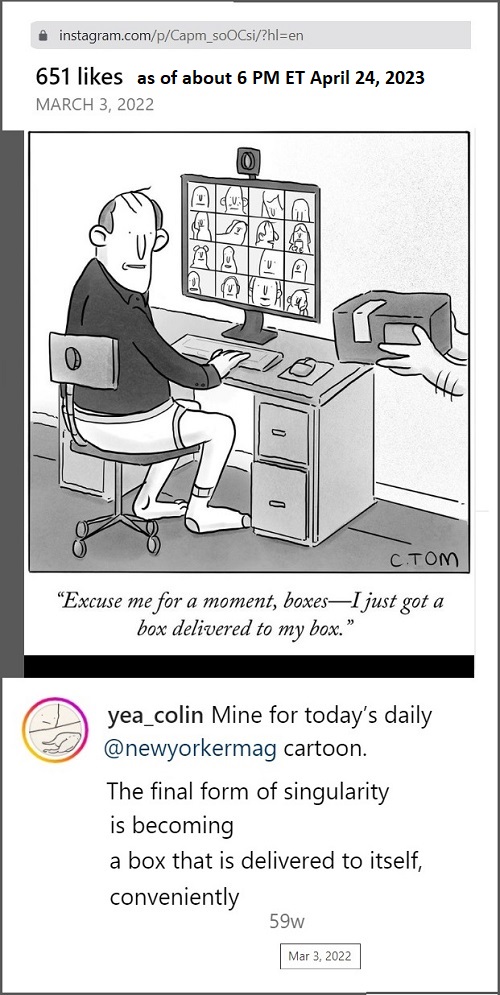









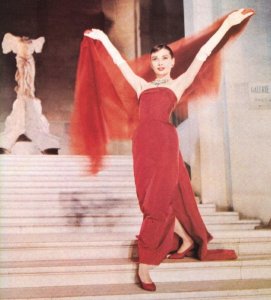




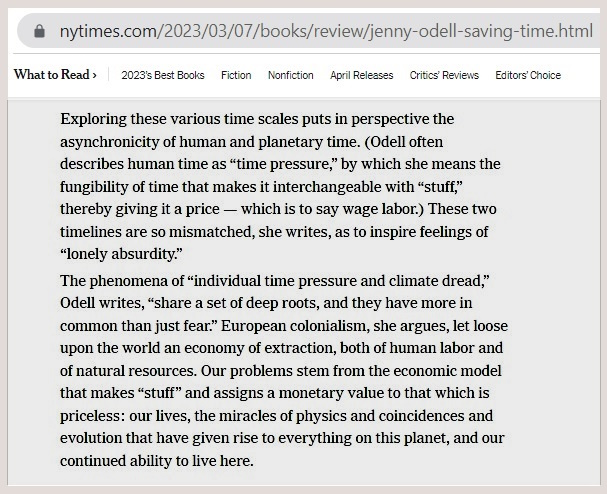


 .
.
 .
.
 .
.

